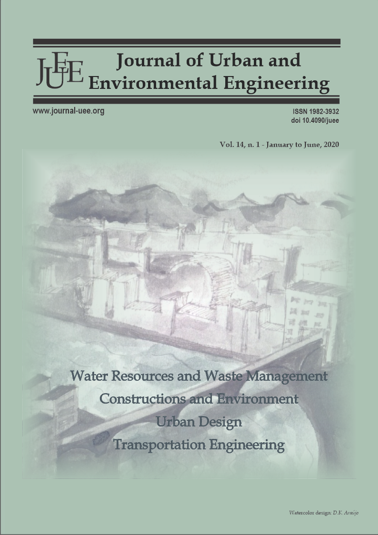THE DEVELOPMENT AND RESEARCH TREND OF USING DSAS TOOL FOR SHORELINE CHANGE ANALYSIS: A SCIENTOMETRIC ANALYSIS
DOI:
https://doi.org/10.4090/juee.2020.v14n1.69-77Abstract
The sensitivity of research on shoreline monitoring of coastal erosion is justified due to high density population, climate changes impacts, and intensified development, which are squeezing the ecosystem of coastal zones around the world. The budding fields of optical remote sensing such source medium and high-resolution satellite imagery in conjunction with avenue programming of Digital Shoreline Analysis System (DSAS) are widely used extended tools for analyzing the rate of coastal erosion and deposition. Although, there is a geometric growth in the research published documents in the last decades after the start of DSAS in 1990, but its broad insight into global peer groups, its scientometrics, pattern and trends in research activities in monitoring coastal erosion or shoreline change is missing. To breach this gap, 99 bibliographic records published in the Web of Science core collection for the period of 1994–2019 were analyzed using the VOSviewer software. Further, the analysis about global insight of research activities using DSAS in shoreline change analysis focused on (i) general scientometric characteristics of published output, (ii) experts in research themes and their cooperation, (iii) publishable journal list, (iv) institutional distribution and international collaboration, and (v) potential hotspot areas. This systematic analysis of the theme, graphically using rigorous scientmetric tools, will help coastal researchers to visualize the current research trends and prospective guideline for future research. The output of the present study will provide a robust road map to early carrier researchers for their advance inquiry in these fields in coming days.Downloads
Download data is not yet available.
Downloads
Published
2020-06-07
Issue
Section
Articles




